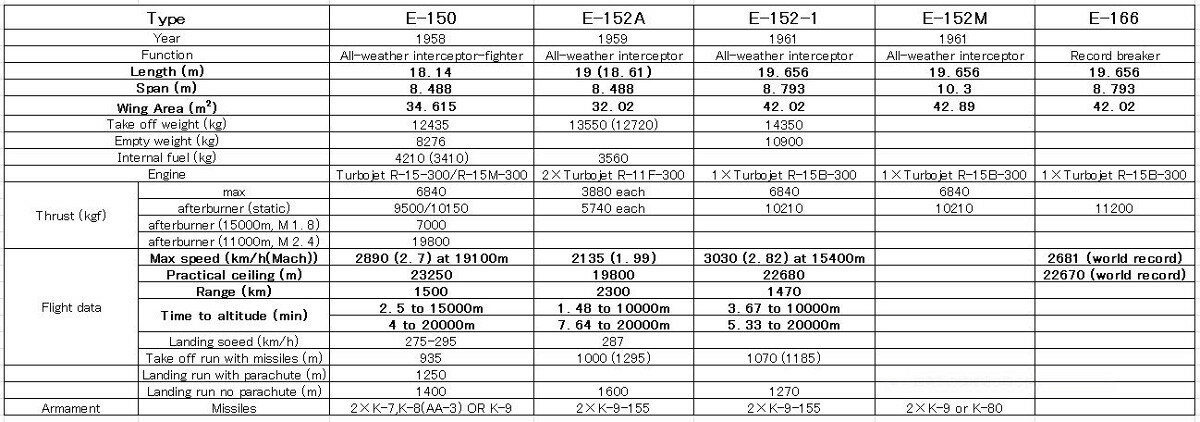Merv_P
ACCESS: Confidential
- Joined
- 29 July 2006
- Messages
- 115
- Reaction score
- 17
I hadn't heard of this aircraft until a couple of weeks ago and I haven't found more than a passing mention of it on this forum, so I thought I'd post some info.
It's clearly a Mig-21 derivative, but apparently a new airframe, not a modification. From what I've read, it served partly as Mig-25 engine testbed in the early to mid '60s. It was temporarily misidentified by NATO as the Mig-23 and designated 'Flipper', and also given a civilian/research code of YE-166 in the Soviet Union. Later it was the basis fo the F-8 in China.
It set three world speed records. All of these have been superseded, but the point of historical interest is that it's still the fastest single-engined aircraft ever built.
It's clearly a Mig-21 derivative, but apparently a new airframe, not a modification. From what I've read, it served partly as Mig-25 engine testbed in the early to mid '60s. It was temporarily misidentified by NATO as the Mig-23 and designated 'Flipper', and also given a civilian/research code of YE-166 in the Soviet Union. Later it was the basis fo the F-8 in China.
It set three world speed records. All of these have been superseded, but the point of historical interest is that it's still the fastest single-engined aircraft ever built.






































 Mikoyan Gurevich Ye-152M Flipper 001
Mikoyan Gurevich Ye-152M Flipper 001